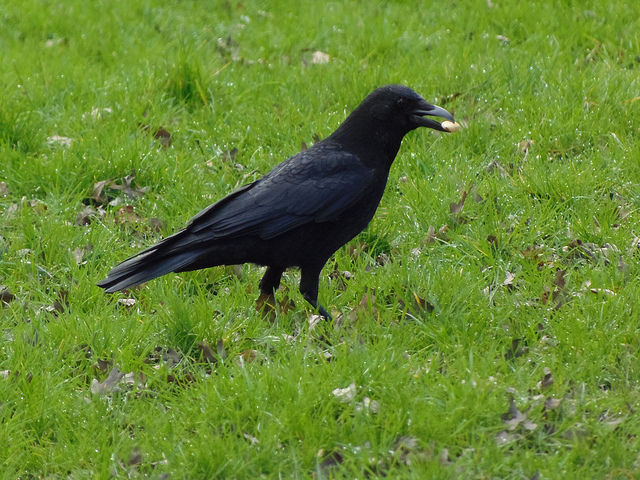It has been shown that Neanderthals contributed genetically to modern humans outside Africa 47,000–65,000 years ago. Here we analyse the genomes of a Neanderthal and a Denisovan from the Altai Mountains in Siberia together with the sequences of chromosome 21 of two Neanderthals from Spain and Croatia. We find that a population that diverged early from other modern humans in Africa contributed genetically to...
Tag Archives: from
How to succeed at failing: Two startup founders explain how they bounced back from adversity

At some point, every startup will experience a failure. If the startup is lucky, that failure will be minor, and the company will survive. But if it’s unlucky, that failure can mean the...
Hulu quietly purchases assets from Seattle video startup Vhoto, hires most of the team

Vhoto, which developed a computer vision technology that scanned mobile videos in order to extract the very best still photographs, is no more. Assets from the venture-backed Seattle startup have been sold to Hulu, and most of the Vhoto team is now working in the Seattle engineering office of the online...
Evidence from cyclostomes for complex regionalization of the ancestral vertebrate brain
The vertebrate brain is highly complex, but its evolutionary origin remains elusive. Because of the absence of certain developmental domains generally marked by the expression of regulatory genes, the embryonic brain of the lamprey, a jawless vertebrate, had been regarded as representing a less complex, ancestral state of the vertebrate brain. Specifically, the absence of a Hedgehog- and Nkx2.1-positive domain in the lamprey subpallium...
Q&A: How Facebook handles product security, with help from outside bug hunters

Peter Oehlert is the director of product security for Facebook, leading the social network’s efforts to ensure the security of the apps and features used by more than 1.5 billion people around the world. A former Microsoft security software engineer with experience in consulting and startups, he...
Corvids could save forests from the effects of climate change

A raven with a large seed, about to bury it in a field. (credit: Callum Hoare / Flickr)
To you, crows and jays might be noisy, obnoxious birds who eat garbage. But for large-seeded trees like pines, hickories, oaks, and chestnuts, they could be life-saving heroes. That's because these birds can actually relocate forests that are threatened by changing...
First look at Amazon’s Treasure Truck: Getting a deal from Jeff Bezos’ ‘four-wheeled joy machine’

My Saturday morning routine was interrupted with an alert from Amazon’s notoriously shy Treasure Truck, announcing their very first deal, a GoPro HERO4 Black for $ 179. That is a screamingly good price...
A homogeneous nucleus for comet 67P/Churyumov–Gerasimenko from its gravity field
Cometary nuclei consist mostly of dust and water ice. Previous observations have found nuclei to be low-density and highly porous bodies, but have only moderately constrained the range of allowed densities because of the measurement uncertainties. Here we report the precise mass, bulk density, porosity and internal structure of the nucleus of comet 67P/Churyumov–Gerasimenko on the basis of its gravity field. The mass and...
Formation of new stellar populations from gas accreted by massive young star clusters
Stars in clusters are thought to form in a single burst from a common progenitor cloud of molecular gas. However, massive, old ‘globular’ clusters—those with ages greater than ten billion years and masses several hundred thousand times that of the Sun—often harbour multiple stellar populations, indicating that more than one star-forming event occurred during their lifetimes. Colliding stellar winds from late-stage, asymptotic-giant-branch stars are...
Seattle electric bike startup Propella debuts affordable e-bike, taking cues from Tesla and Apple

A few years ago, 2011 UW graduate Ben Tarassoli was looking for an electrically-assisted bicycle (e-bike). Although there were plenty of makes and models to choose from, he couldn’t find one that measured...


